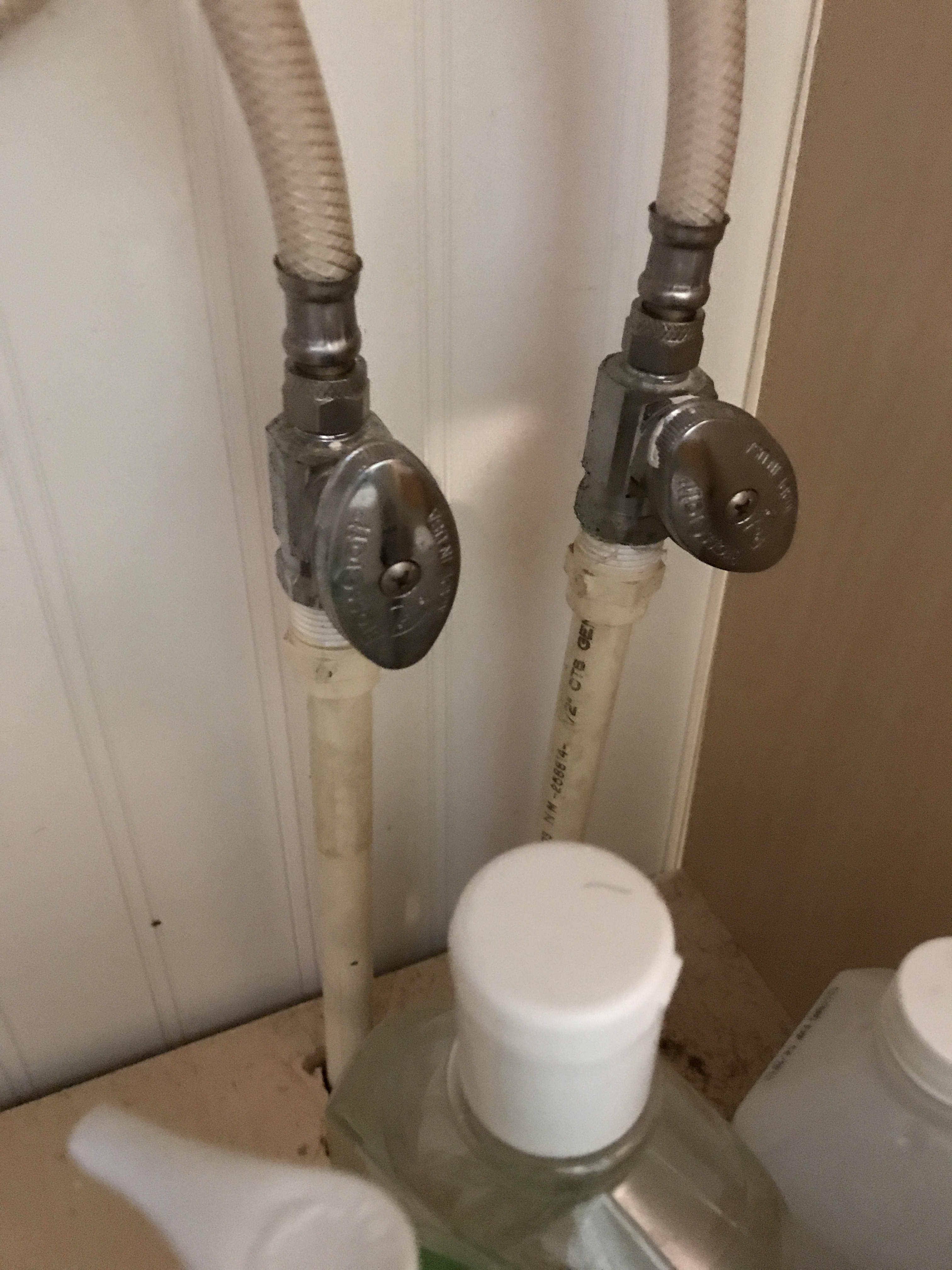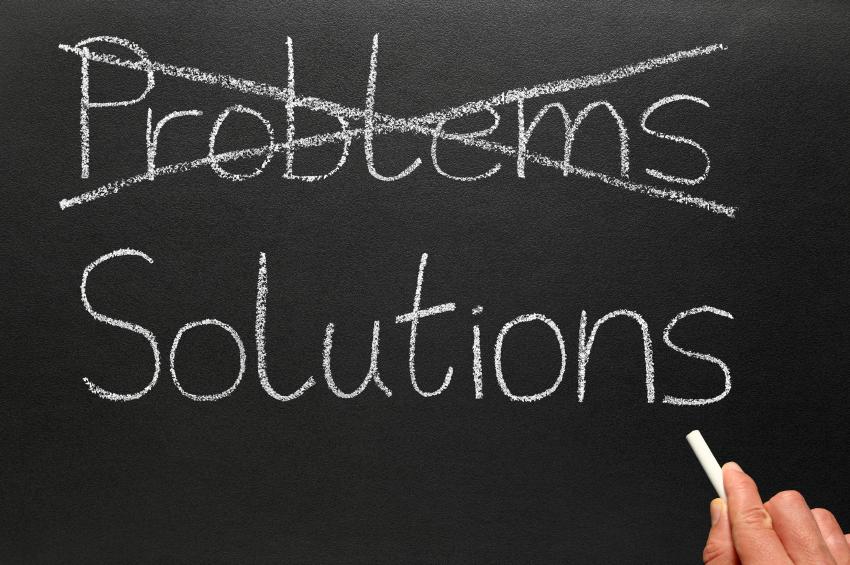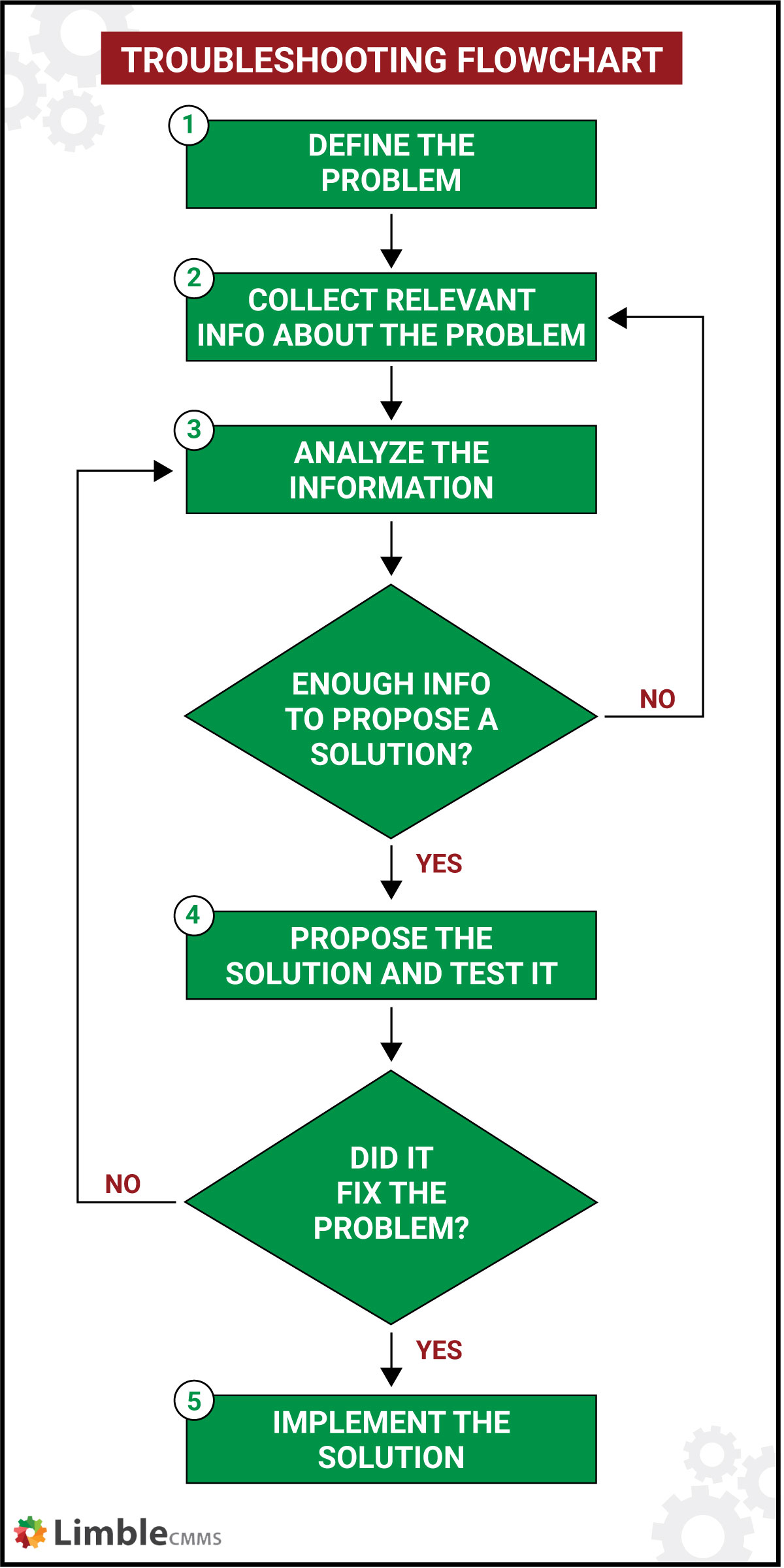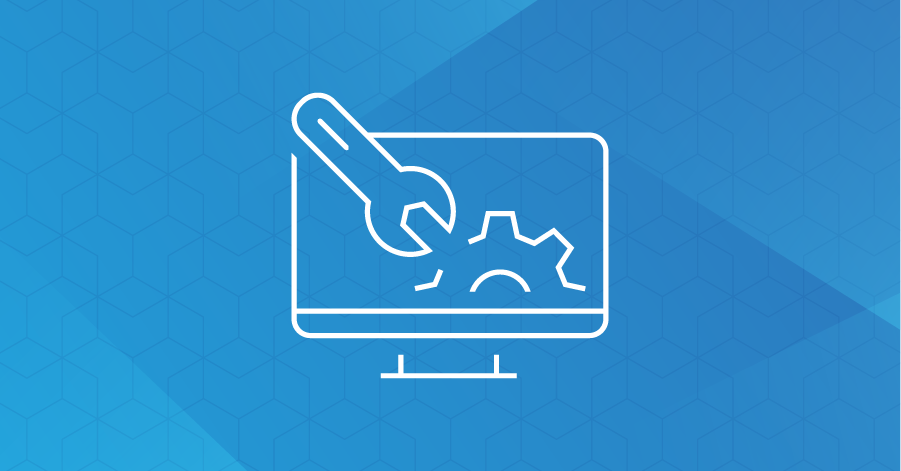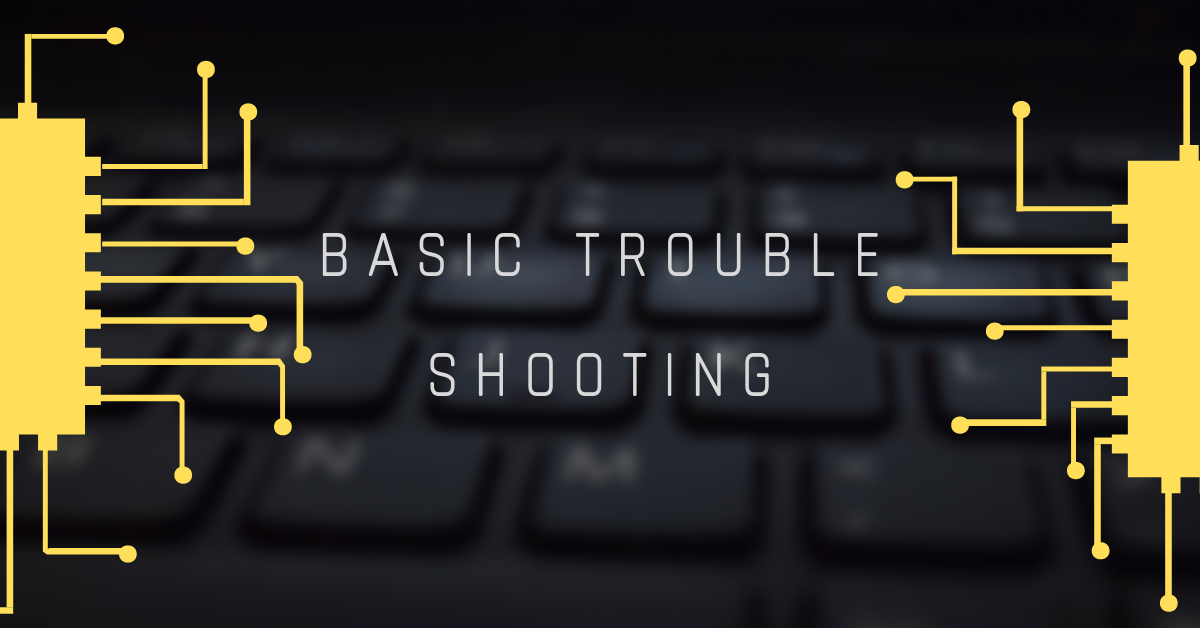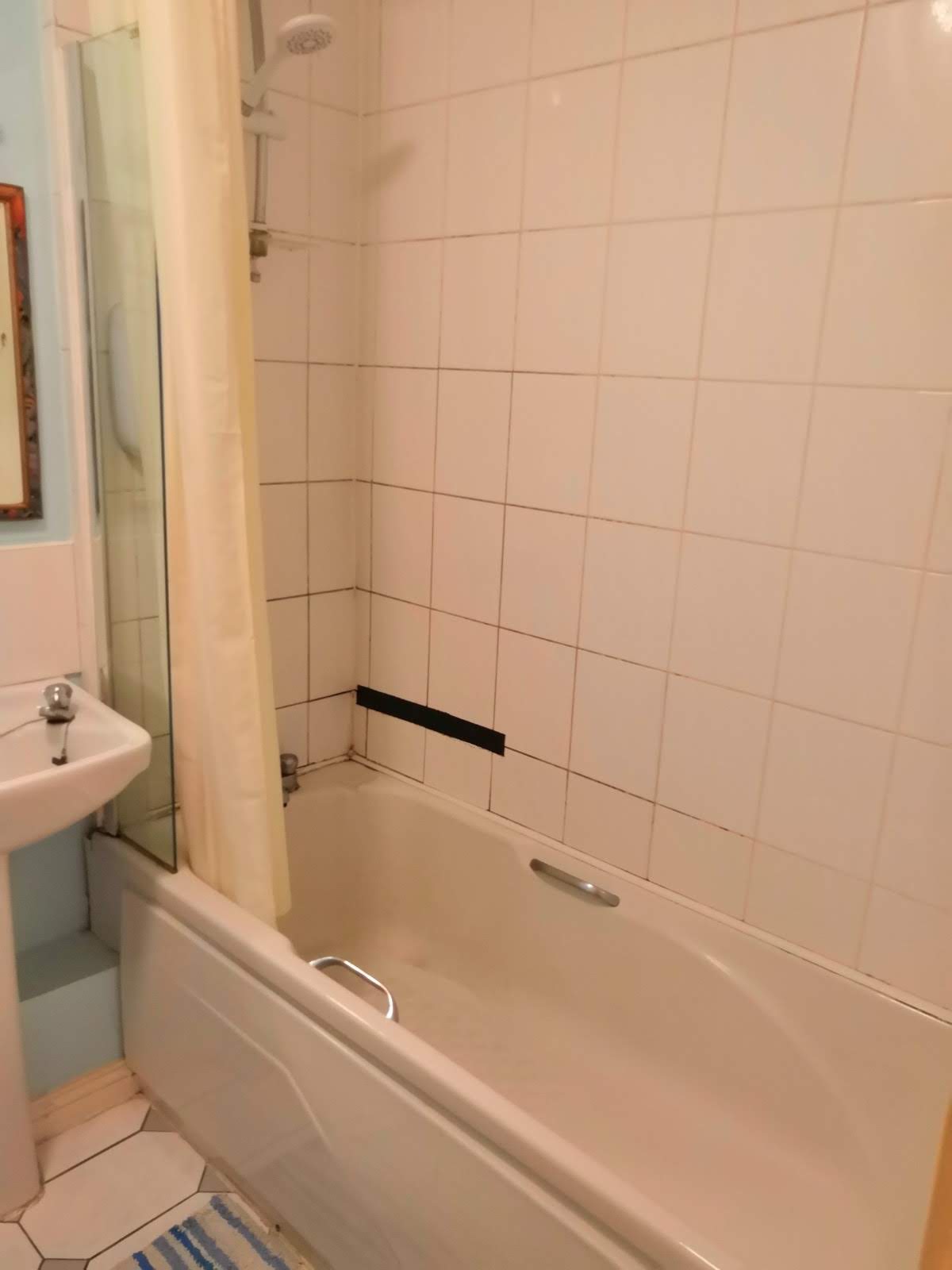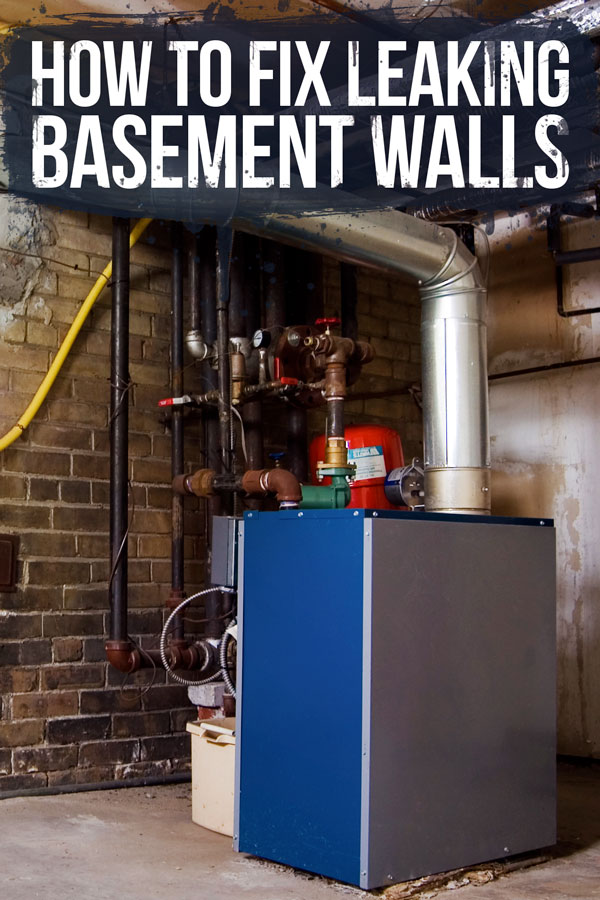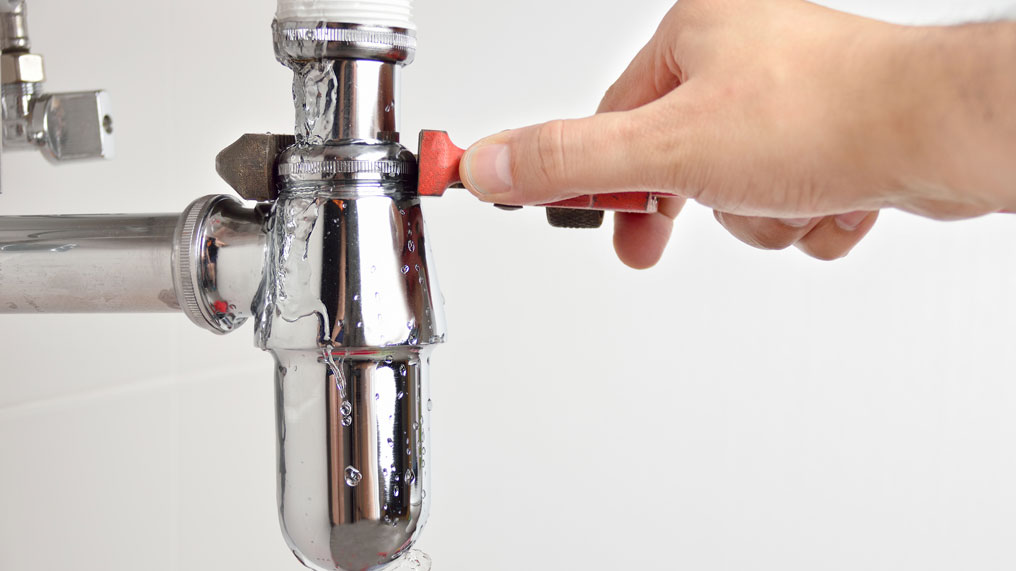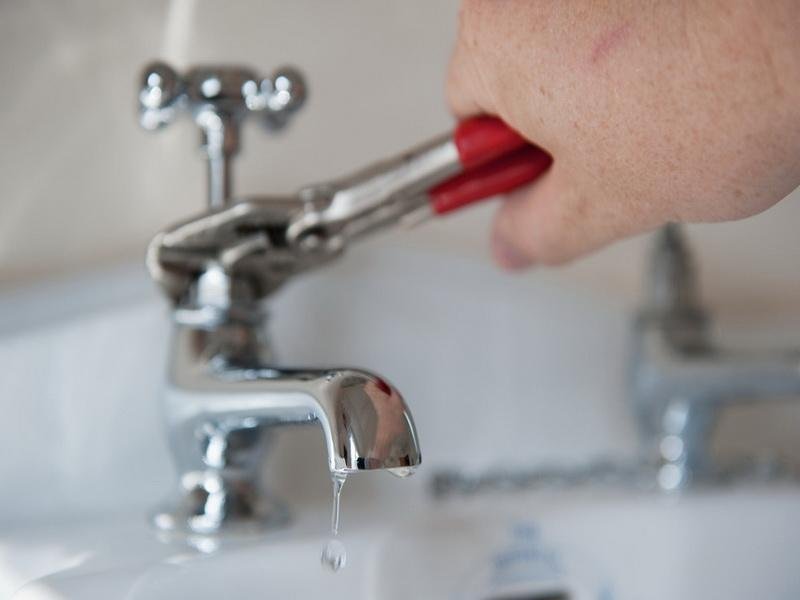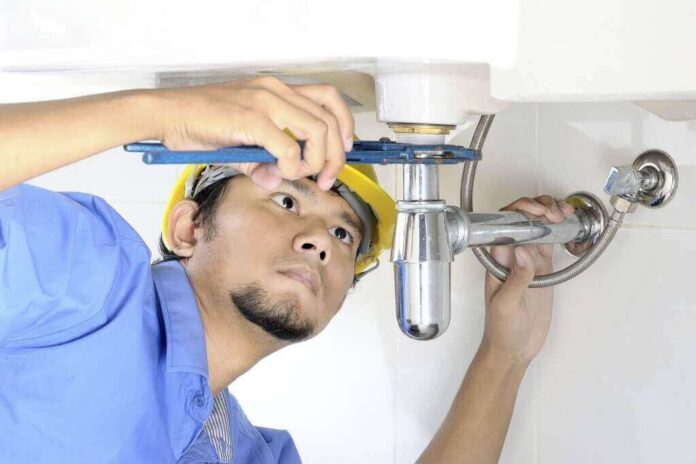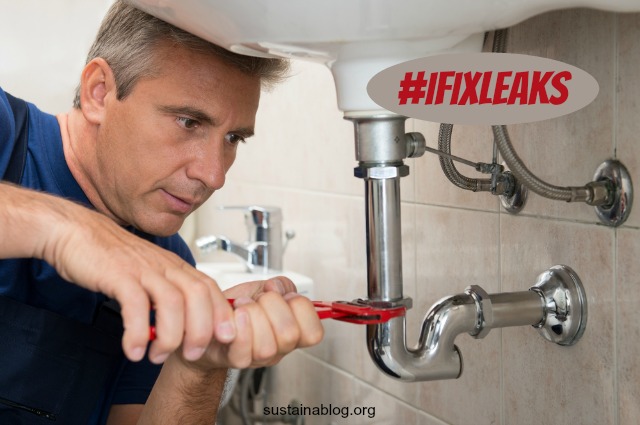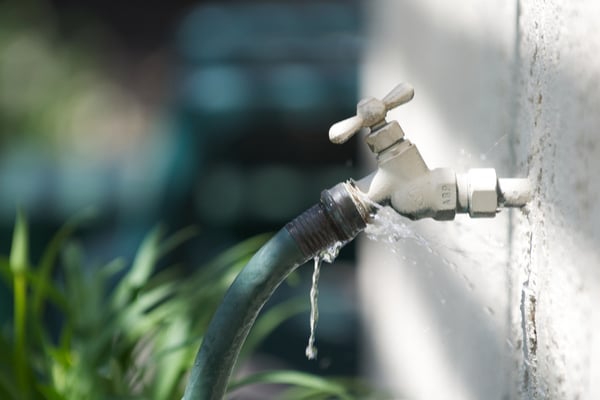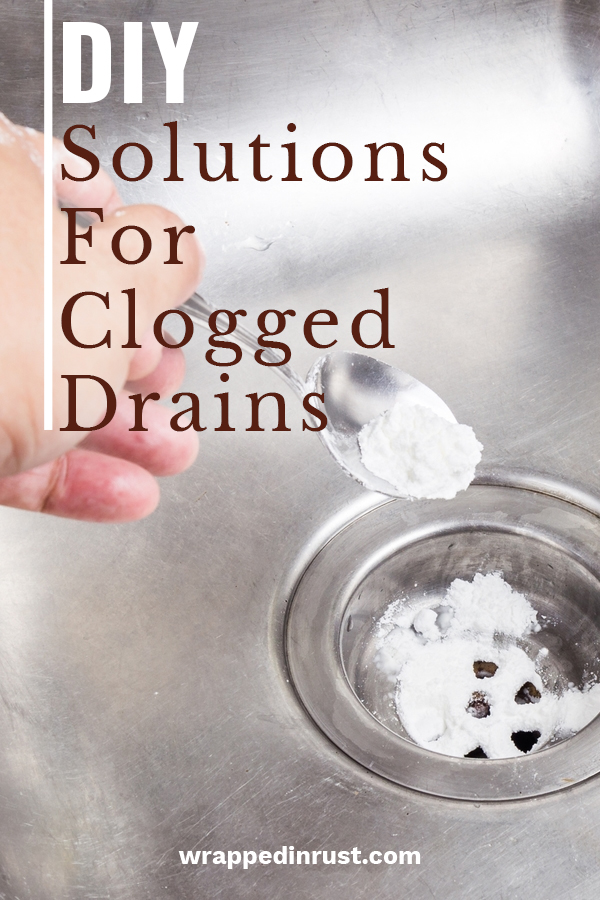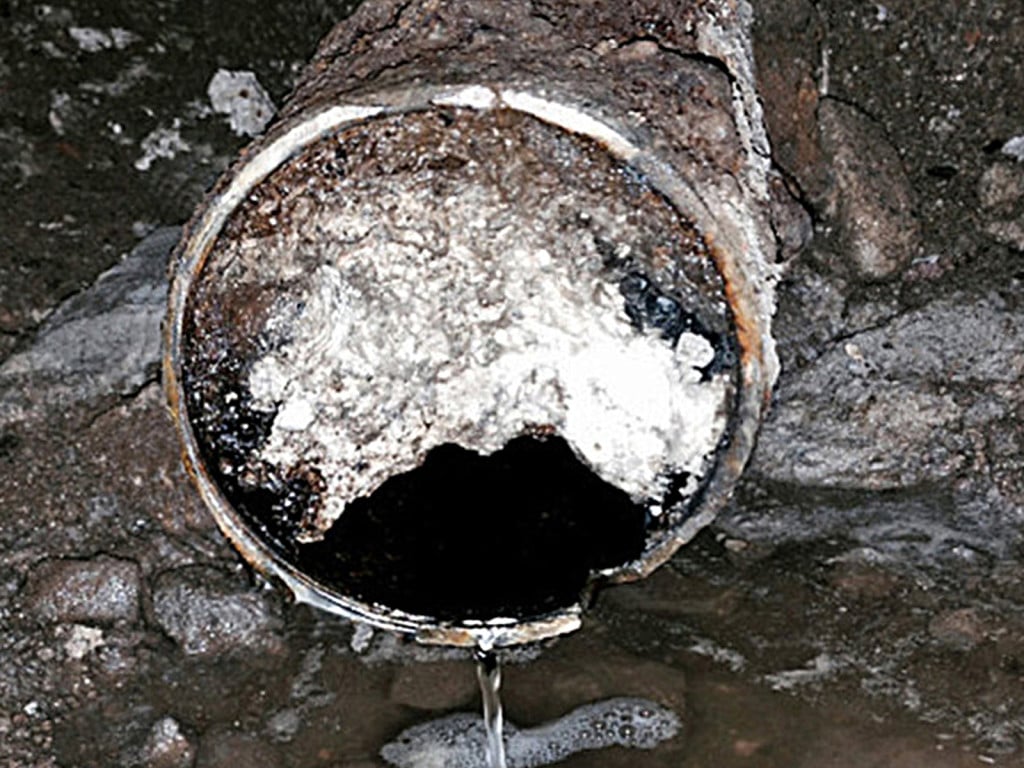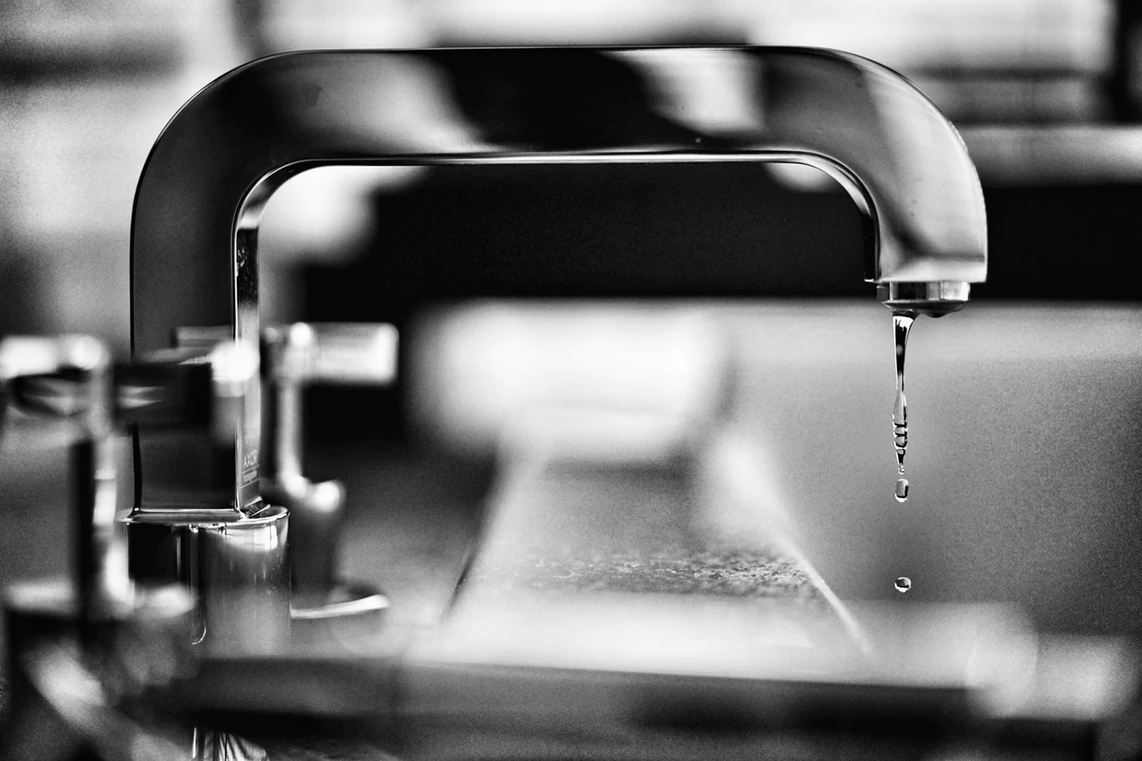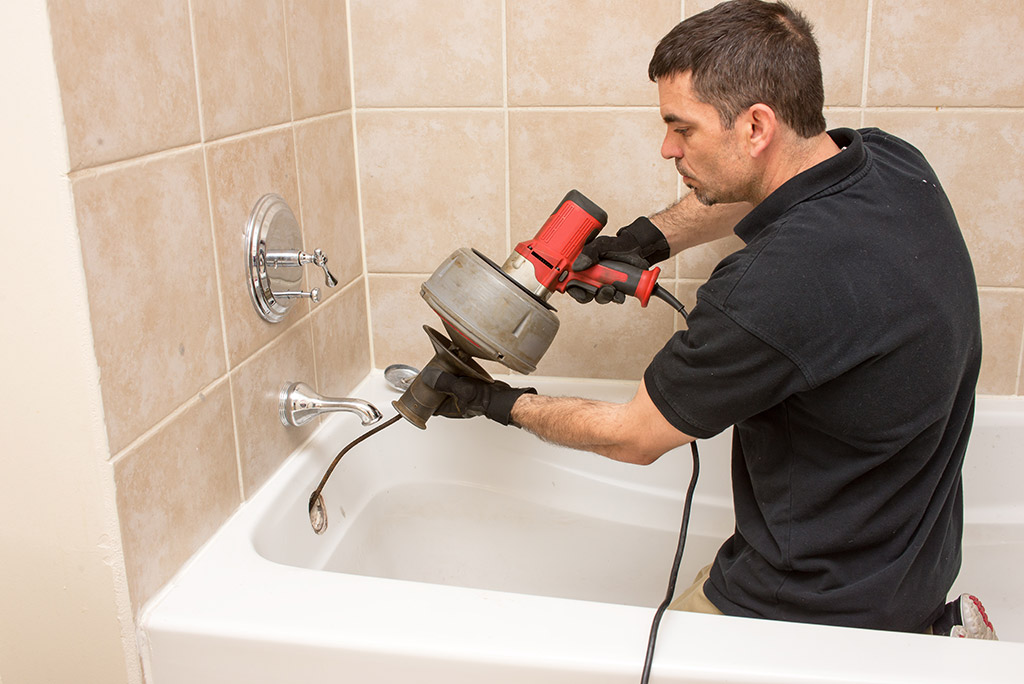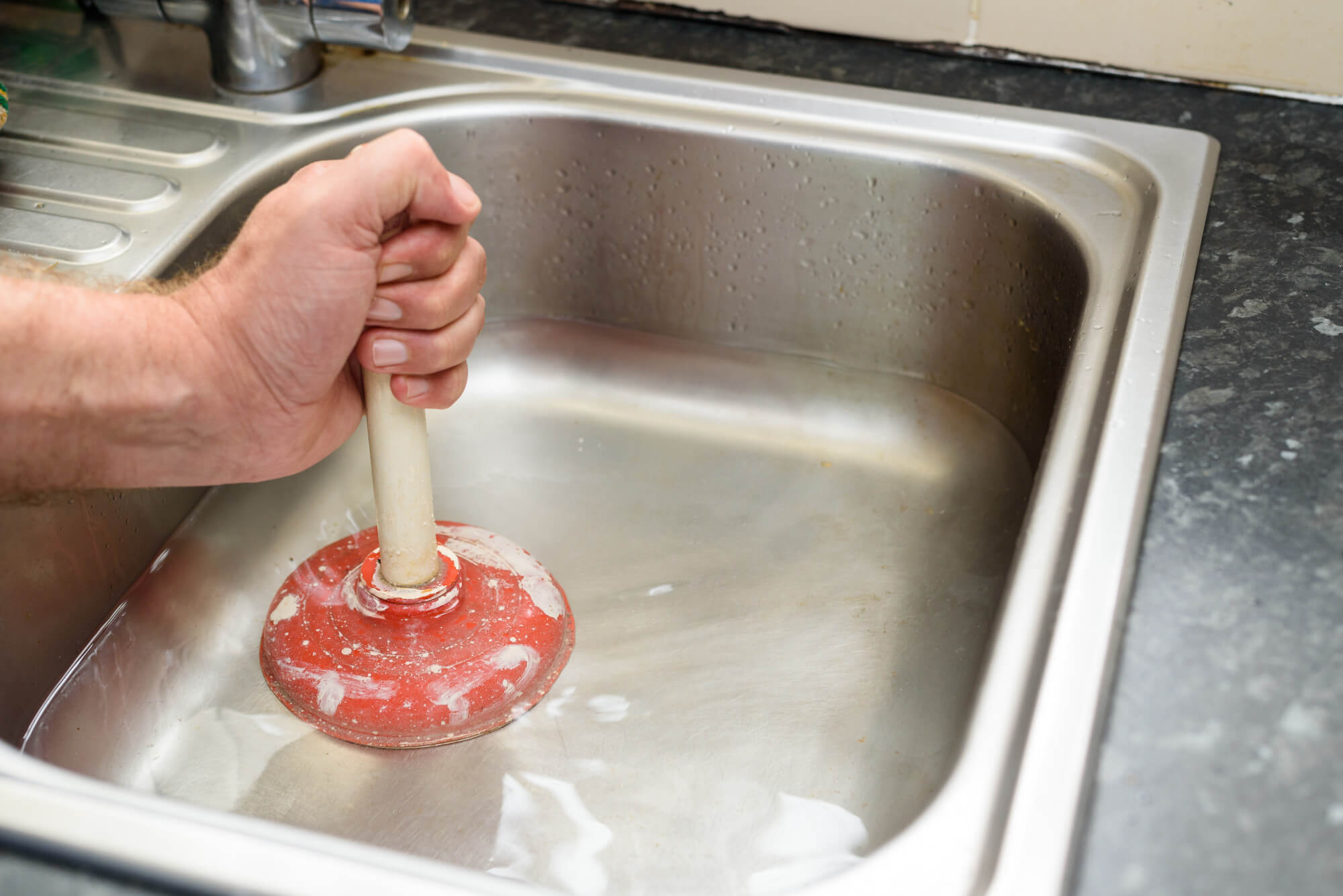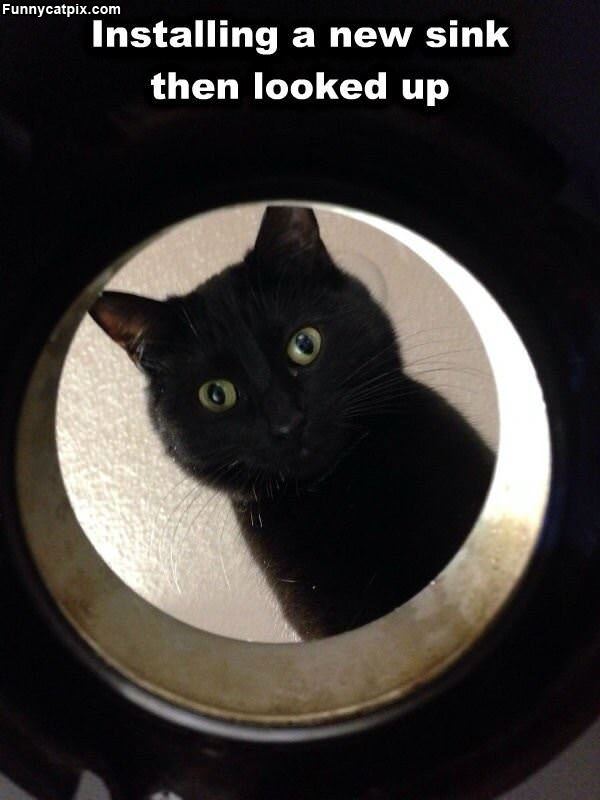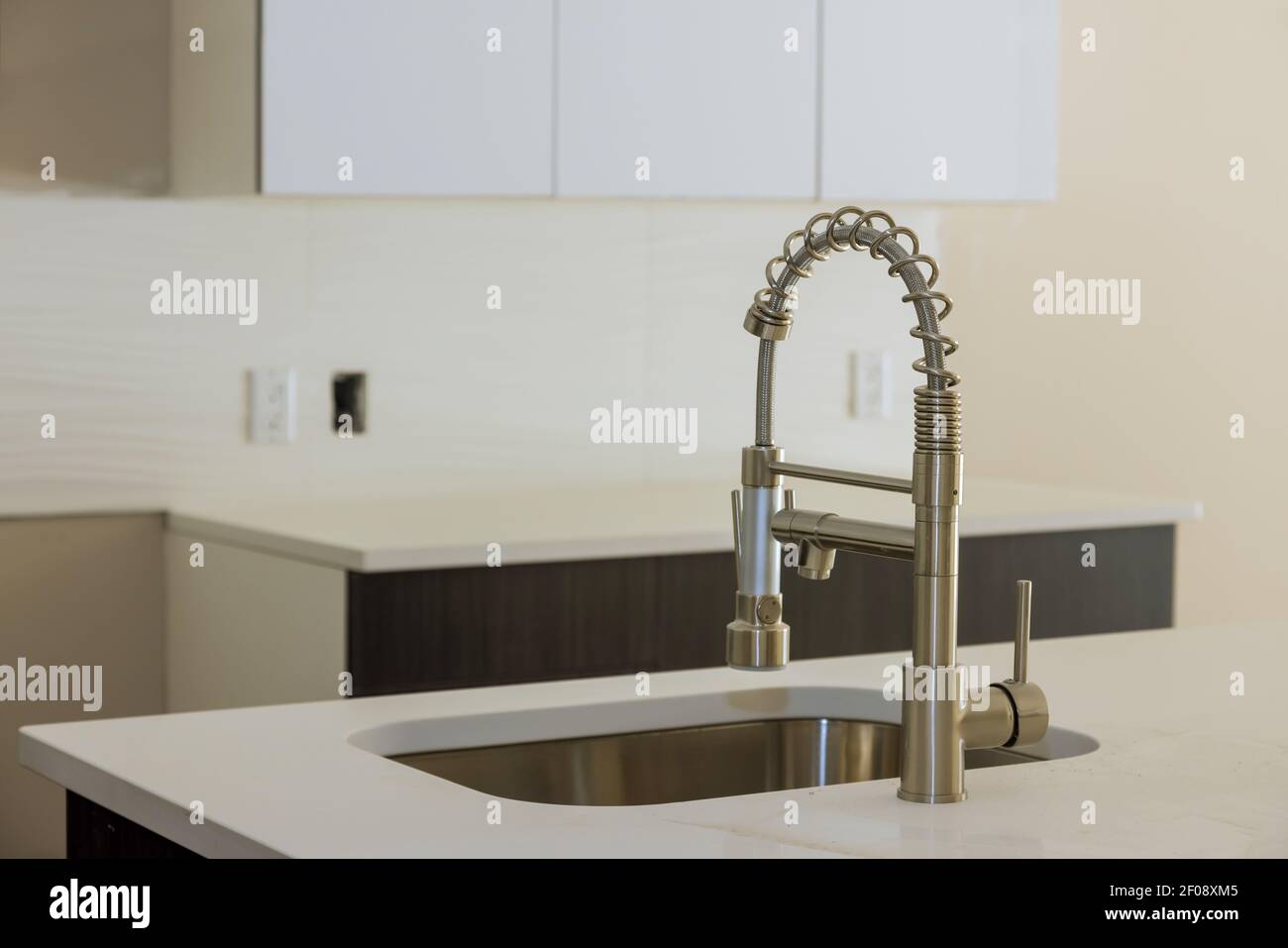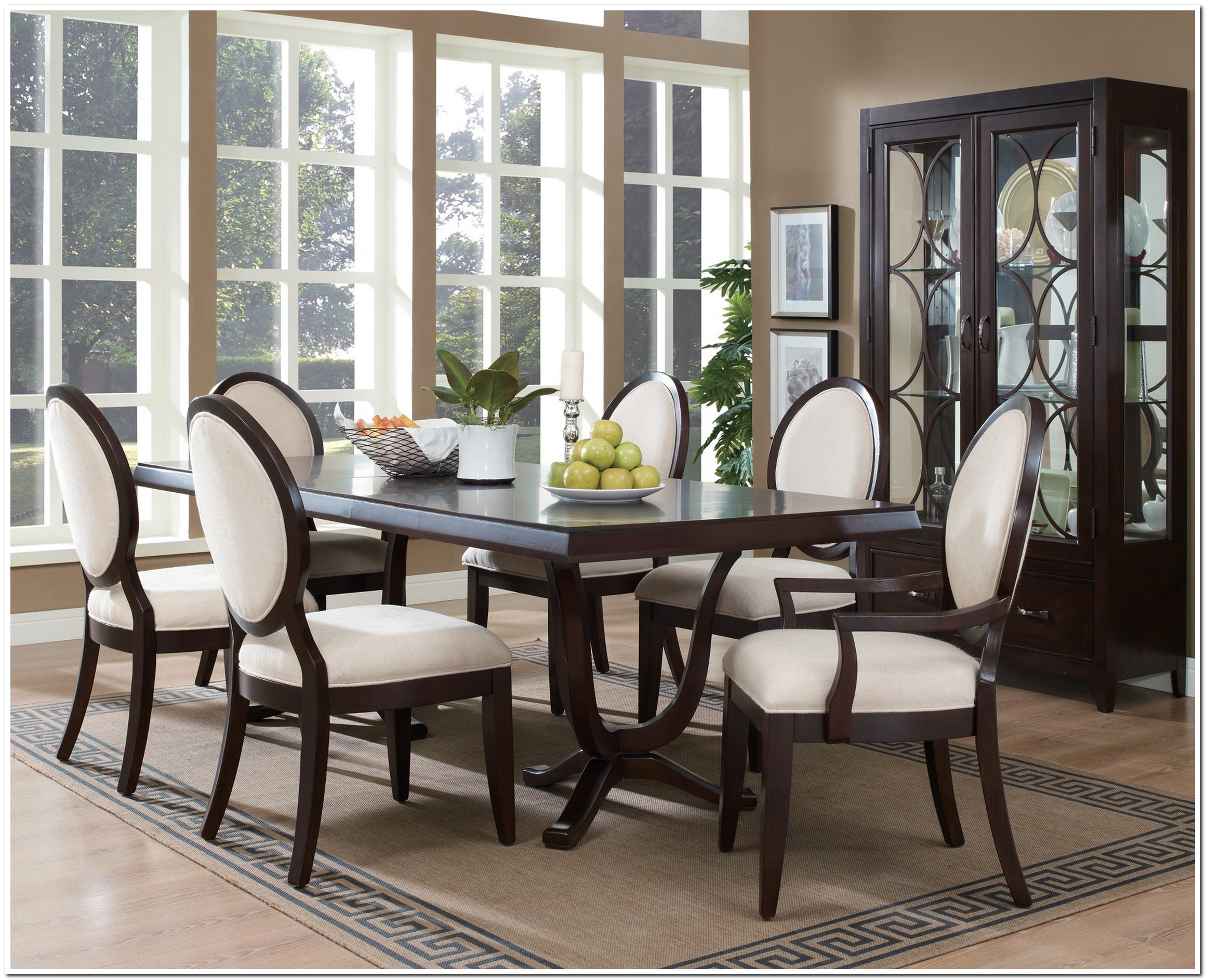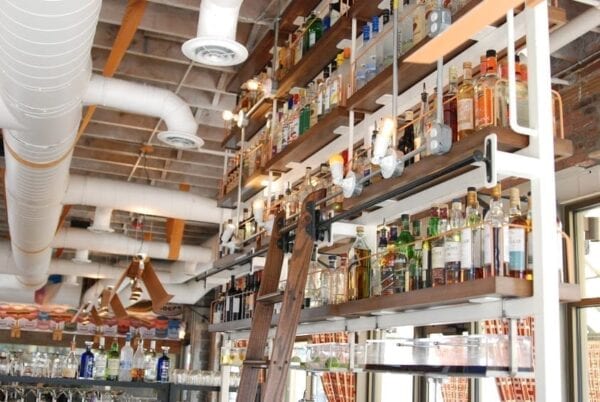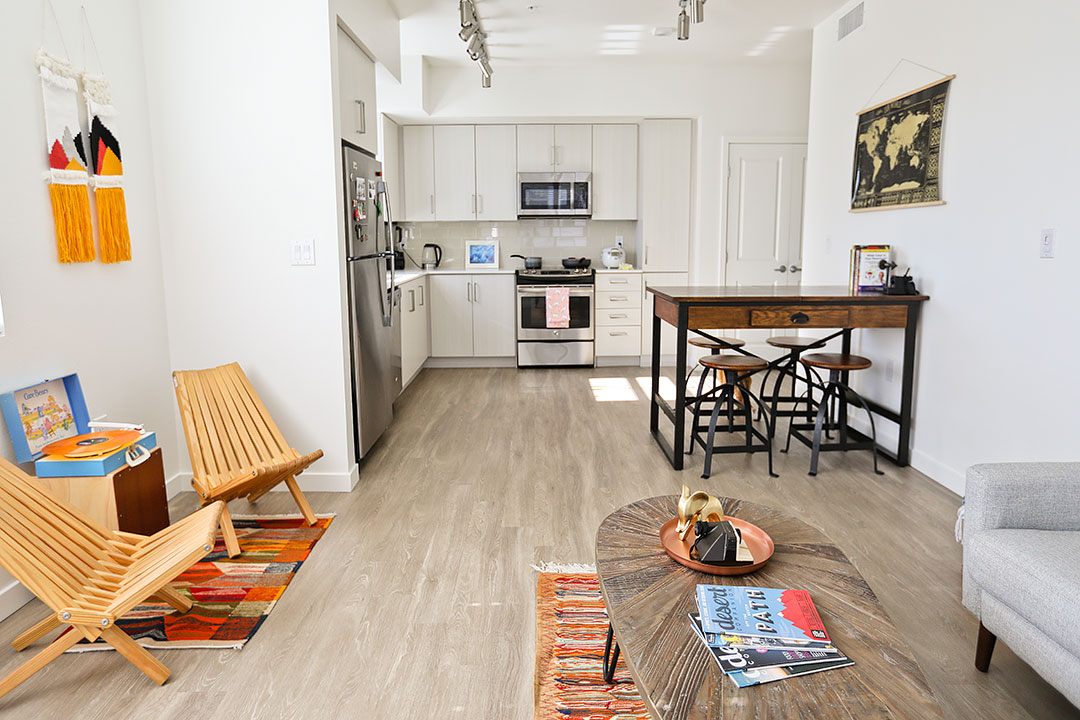Introduction
Bathroom sinks are essential fixtures in any home, providing us with a convenient place to wash our hands, brush our teeth, and freshen up. However, just like any other plumbing fixture, they can experience problems over time. If you have an IKEA bathroom sink, you may encounter some specific issues that are unique to this brand. In this article, we will discuss the top 10 IKEA bathroom sink plumbing problems and how to solve them.
IKEA Bathroom Sink Plumbing Problems:
1. Leaks
One of the most common issues with IKEA bathroom sinks is leaks. Leaks can occur at different points, such as the faucet, drain, or even the pipes underneath the sink. They can be caused by loose connections, worn out parts, or damaged pipes. If you notice any water dripping from your sink, it is important to address the issue immediately to prevent further damage.
2. Clogged Drains
Another common problem with bathroom sinks is clogged drains. This can be caused by a buildup of hair, soap scum, or other debris. If left untreated, a clogged drain can cause water to back up and potentially damage your sink and pipes. It can also lead to unpleasant odors and inconvenience.
3. Low Water Pressure
If you notice that the water pressure in your bathroom sink is lower than usual, it could be due to a few reasons. It could be a problem with the faucet itself, such as a clogged aerator or a faulty valve. It could also be an issue with the pipes, such as a buildup of sediment or a leak. Low water pressure can be frustrating, but it is usually easy to fix.
4. Rust and Corrosion
Over time, bathroom sinks can develop rust and corrosion, especially in areas with hard water. This can cause discoloration and damage to the sink and its components. To prevent this, it is important to use proper cleaning techniques and products that are safe for your sink's material.
5. Dripping Faucets
A dripping faucet is not only annoying but can also waste a significant amount of water and increase your water bill. It is usually caused by a worn-out seal or a faulty valve. If left untreated, it can also lead to leaks and further damage to your sink.
6. Loose Connections
With frequent use, the connections of your bathroom sink can become loose, causing leaks and other problems. It is important to regularly check and tighten these connections to prevent any issues.
7. Damaged Sink Parts
Over time, the parts of your sink, such as the stopper and the pop-up drain, can become damaged or worn out. This can cause leaks, clogs, and other issues. It is important to replace these parts as needed to keep your sink functioning properly.
8. Improper Installation
If your IKEA bathroom sink was not installed correctly, it can cause various problems, such as leaks, clogs, and low water pressure. It is crucial to follow the manufacturer's instructions carefully when installing a new sink to prevent any issues.
9. Insufficient Maintenance
Proper maintenance is essential to keep your bathroom sink in good condition. This includes regularly cleaning the sink and its components, checking for leaks and other issues, and addressing them promptly.
10. Replacing a Sink
If you need to replace your IKEA bathroom sink, it is important to choose the right size and type for your space. You may also need to consider the plumbing connections and make necessary adjustments to ensure a proper installation.
Troubleshooting Tips
If you encounter any of the above-mentioned problems with your IKEA bathroom sink, here are some troubleshooting tips to help you solve them:
• For leaks: Check all connections and tighten them if necessary. If the problem persists, you may need to replace worn-out parts or call a professional plumber.
• For clogged drains: Use a plunger or a drain snake to remove the clog. You can also try using a mixture of baking soda and vinegar to break down the debris.
• For low water pressure: Clean the faucet aerator and check for any blockages in the pipes. If the problem persists, you may need to replace the faucet or call a plumber.
• For rust and corrosion: Use a mild cleaner and a soft cloth to gently remove the stains. For tougher stains, you can use a rust remover, but be sure to follow the instructions carefully.
• For dripping faucets: Replace the worn-out parts or call a plumber for professional help.
Installing a New Sink
If you need to install a new IKEA bathroom sink, here are the steps you can follow:
1. Gather the necessary tools and materials: This may include a wrench, pliers, putty knife, plumber's putty, and silicone caulk.
2. Turn off the water supply: Before starting the installation, make sure to shut off the water supply to your sink.
3. Remove the old sink: This may involve disconnecting the plumbing connections, removing the faucet, and cutting the caulk between the sink and the countertop.
4. Install the new sink: Follow the manufacturer's instructions to install the new sink, including attaching the faucet and connecting the plumbing.
5. Seal the sink: Use plumber's putty or silicone caulk to seal the sink to the countertop and prevent leaks.
6. Turn on the water supply: Once everything is installed, turn on the water supply and check for any leaks.
Replacing Faucet Parts
If you need to replace any parts of your IKEA bathroom sink faucet, here are the steps you can follow:
1. Gather the necessary tools and materials: This may include a wrench, pliers, and replacement parts.
2. Turn off the water supply: Before starting, make sure to turn off the water supply to your sink.
3. Disassemble the faucet: Use the tools to remove the necessary parts of the faucet, such as the handles, valves, and aerator.
4. Replace the parts: Install the new parts, making sure to follow the manufacturer's instructions.
5. Reassemble the faucet: Once all the parts are replaced, reassemble the faucet and turn on the water supply to check for any leaks.
Conclusion
IKEA bathroom sinks are functional and stylish, but like any other plumbing fixture, they can experience problems over time. By knowing the common issues and how to solve them, you can keep your sink in good condition and avoid any inconvenience or costly repairs. Remember to regularly maintain your sink and address any issues promptly to prevent further damage. We hope this article has provided you with helpful information on how to handle the top 10 IKEA bathroom sink plumbing problems.
IKEA Bathroom Sink Plumbing Problems

The Importance of Proper Plumbing in Bathroom Design
 When it comes to designing a new bathroom or remodeling an existing one, homeowners often focus on the aesthetics and functionality of the space. However, one crucial aspect that should not be ignored is the plumbing system. A well-designed plumbing system ensures that all the fixtures and appliances in your bathroom, including the sink, function properly and efficiently. Unfortunately, many homeowners who opt for IKEA bathroom sink designs may encounter plumbing problems if not installed correctly.
When it comes to designing a new bathroom or remodeling an existing one, homeowners often focus on the aesthetics and functionality of the space. However, one crucial aspect that should not be ignored is the plumbing system. A well-designed plumbing system ensures that all the fixtures and appliances in your bathroom, including the sink, function properly and efficiently. Unfortunately, many homeowners who opt for IKEA bathroom sink designs may encounter plumbing problems if not installed correctly.
Common IKEA Bathroom Sink Plumbing Issues
 IKEA is known for its affordable and stylish home furnishings, including bathroom sinks. However, the design of these sinks can sometimes create plumbing problems for homeowners. One common issue is leaks. Due to the unique design of some IKEA sinks, such as the wall-mounted or pedestal sinks, the plumbing connections and fixtures may not fit perfectly, causing leaks and water damage. Another issue is clogged pipes, which can occur if the sink's drain is not properly aligned with the plumbing system.
IKEA is known for its affordable and stylish home furnishings, including bathroom sinks. However, the design of these sinks can sometimes create plumbing problems for homeowners. One common issue is leaks. Due to the unique design of some IKEA sinks, such as the wall-mounted or pedestal sinks, the plumbing connections and fixtures may not fit perfectly, causing leaks and water damage. Another issue is clogged pipes, which can occur if the sink's drain is not properly aligned with the plumbing system.
Solutions for IKEA Bathroom Sink Plumbing Problems
 Fortunately, there are solutions to these plumbing problems that homeowners can implement when installing an IKEA bathroom sink. First, it is essential to carefully read the instructions provided by IKEA and follow them precisely. Additionally, it is crucial to use the correct plumbing tools and materials, including the right size and type of pipes and fittings. Seeking professional help from a plumber to install the sink can also ensure that it is done correctly and minimize potential plumbing issues.
Fortunately, there are solutions to these plumbing problems that homeowners can implement when installing an IKEA bathroom sink. First, it is essential to carefully read the instructions provided by IKEA and follow them precisely. Additionally, it is crucial to use the correct plumbing tools and materials, including the right size and type of pipes and fittings. Seeking professional help from a plumber to install the sink can also ensure that it is done correctly and minimize potential plumbing issues.
Conclusion
 In conclusion, while IKEA bathroom sinks can add style and functionality to your bathroom, it is crucial to consider the potential plumbing problems that may arise. By understanding these issues and taking the necessary precautions during installation, homeowners can enjoy their IKEA bathroom sink without any plumbing headaches. Remember to carefully follow the instructions and seek professional help if needed to ensure a well-designed and properly functioning plumbing system in your bathroom.
In conclusion, while IKEA bathroom sinks can add style and functionality to your bathroom, it is crucial to consider the potential plumbing problems that may arise. By understanding these issues and taking the necessary precautions during installation, homeowners can enjoy their IKEA bathroom sink without any plumbing headaches. Remember to carefully follow the instructions and seek professional help if needed to ensure a well-designed and properly functioning plumbing system in your bathroom.


